In late January, my husband and I watched the documentary miniseries Live to 100: Secrets of the Blue Zones and found it inspirational. The series caused us to think and discuss what living well looks like, how we view our lifestyle going forward, and ways to increase our longevity.
Blue Zones are geographic areas where people live longer and healthier lives than average. The term “blue zones” was first coined by Blue Zones founder Dan Buettner, a National Geographic Explorer, Fellow, and journalist, during an exploratory project he led in 2004. After an expedition to Okinawa, Japan, in 2000 to investigate the longevity there, he set out to explore other regions of the world with reportedly high longevity. With the support of National Geographic, Buettner and his team of scientists and demographers traveled the globe in search of communities where people not only lived longer but also enjoyed a high quality of life in their old age.1
What are the secrets to longevity? How are people in these zones living to be 100?
In the miniseries, Dan Buettner travels to five Blue Zones worldwide, where people live long and vibrant lives. He works with a team of medical researchers, anthropologists, demographers, and epidemiologists to find out what these zones have in common. The team identified nine lifestyle habits all the zones shared.
Lifestyle Habits
1. Get Moving
The residents in the blue zones make movement part of their daily lives. Physical activity refers to exercise and ways in which people stay active. These centenarians find ways to stay active daily. Regular movement includes gardening, walking to destinations, taking the stairs, chopping wood, kneading bread, making crafts, and doing other things by hand.
2. Identify Your Purpose
According to Dan Buettner, knowing your sense of purpose is worth up to seven years of extra life expectancy. The Japanese concept of “Ikigai,” discussed in the first episode, encourages individuals to find their calling or purpose. Ikigai translates to “why I wake up in the morning.”
How can we identify our purpose? We can ask ourselves these questions:
What do I love?
What are my strengths and talents? (What am I good at doing?)
What can I offer to those around me and in my community? (who can I help?)
What is important to me?
What energizes me?
3. Reduce Your Stress
Dan Buettner refers to this as downshifting. The world’s longest-living people have routines that shed stress. Incorporating stress-relieving rituals into our daily routines is critical to our health and longevity. People in the blue zones decompress by praying, socializing, napping, and dancing. Other ways to downshift could include reading, doing breathing exercises, taking a walk, knitting, listening to calm music, or playing with your dog.
4. Shift to a Plant-Based Diet
Plant-based protein sources such as beans, including fava, black, soy, and lentils, are the cornerstone of most centenarian diets. Meat is eaten on average only five times monthly, and serving sizes are only three to four ounces. Those in the blue zones eat whole foods and avoid processed foods.
5. Follow the “80 Percent “ Rule
According to the documentary, Okinawans have a saying, hara hachi bu, which reminds them to stop eating when their stomachs are 80% full. They also practice mindfulness at the dinner table, including eating slowly to allow the body to respond to cues and focusing on the food to savor flavors. Researchers also found that the people in Blue Zones eat their smallest meal in the late afternoon or early evening and then don’t eat anymore for the rest of the day. Eat slowly and mindfully.
6. Drink Wine in Moderation
People in all blue zones (except for the Adventists in Loma Linda) drink alcohol moderately and regularly. Moderate drinkers outlive non-drinkers. The trick is drinking one to two glasses daily with friends and with food.
7. Belong Somewhere
All but five of the 263 centenarians interviewed for the Blue Zones documentary belonged to some faith-based community. Research shows that attending faith-based services four times monthly will add four-14 years of life expectancy.
8. Prioritize Your Family
Family comes first to the Centenarians in the blue zones. Keeping aging family members close by or within the family home ensures they’re still connected across generations. Blue Zone dwellers commit to a life partner (which can add up to three years of life expectancy) and invest in their children with time and love.
9. Cultivate Friendships
In Okinawa (shown in episode one), some older adults form moais or groups of neighborhood friends who meet regularly and support each other in times of need. Having an immediate social circle to depend upon and invest in is crucial to longevity. Find what the documentary calls your “Right Tribe” and commit to those people. Make time to maintain and invest in your friendships.
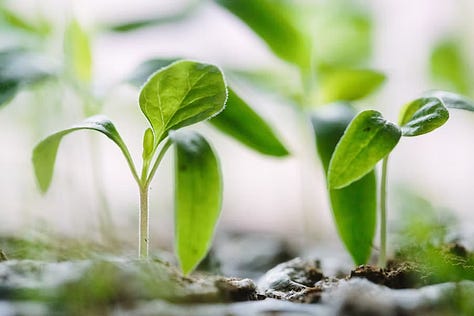
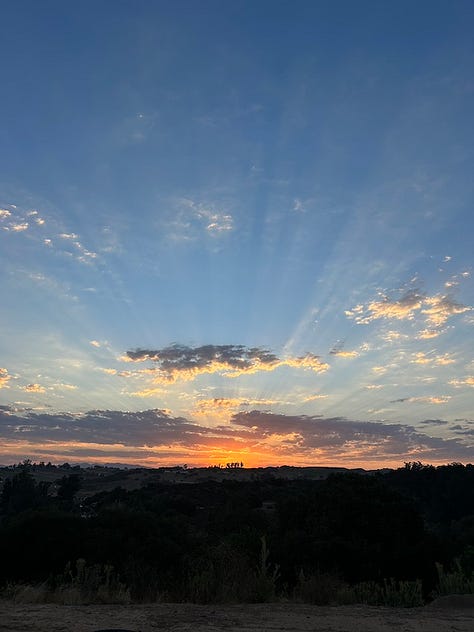
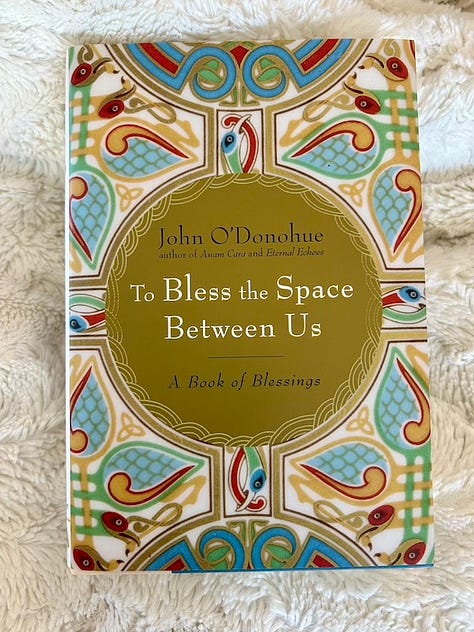
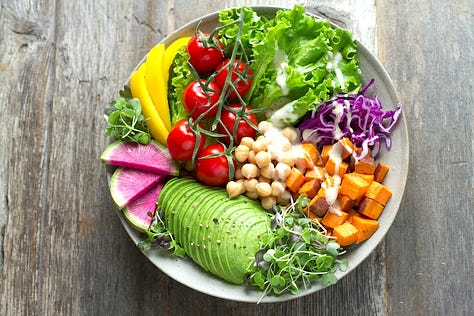

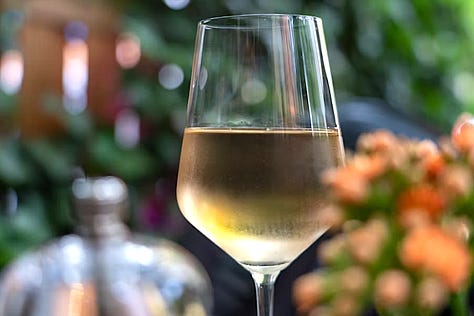
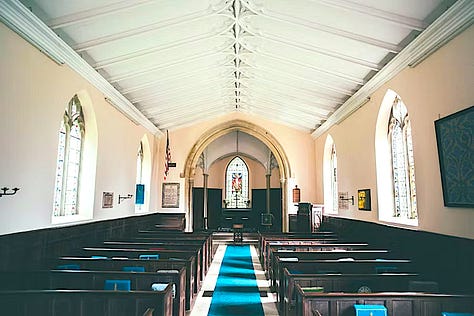
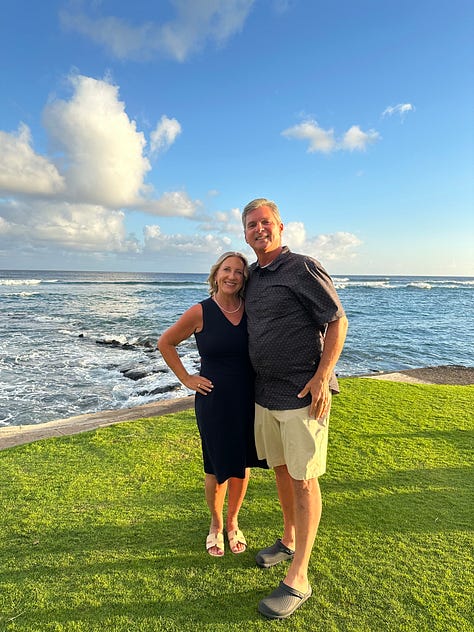

After watching the miniseries, my husband and I wrote down each habit and discussed how we succeeded in each category and the areas we needed to improve. We set a goal to incorporate these nine habits into our daily lives and live with intention. While we aren’t perfect in all nine habits, we focus on living well and aim for longevity. 🌱
Are you familiar with the Blue Zones? Have you watched the miniseries? I would love to hear your thoughts.
“The same things that help us live a long, healthy life are the things that make life worth living.” Dan Buettner
Further reading:
The Blue Zones: Secrets for Living Longer
Lessons from the Blue Zones, NIH, Natural Library of Medicine
Benefits of A Healthy Lifestyle: Life Expectancy Increased And Onset Of Disability Delayed
🌸Thanks so much for reading and hitting ❤️ “Like” after posts, which helps others find Everyday Natalie and this lovely community.🌸
https://www.bluezones.com/about/history/





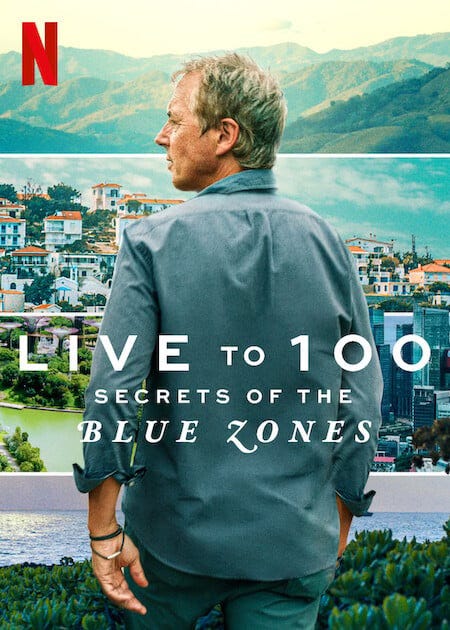
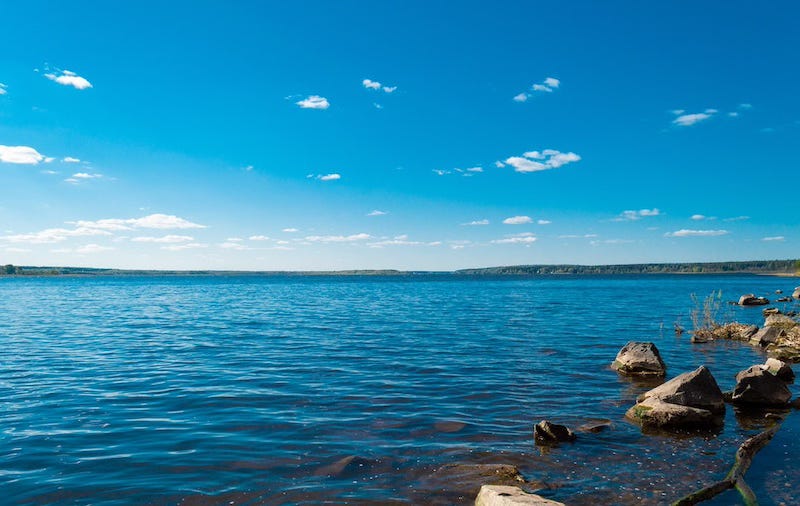
Wow, this was a really thought provoking for me. Identifying my purpose was an interesting one. Thank you so much for sharing these insights and something so personal. Your photos are beautiful 😍 Love you xx
Ahhh, loved this so much, Natalie, and SO with you on this!! Absolutely LOVED the Blue Zones series, and fascinated by the common lifestyle denominators that have been discovered through the research. I love how you have outlined some of the key findings here, and shared how you guys have purposefully looked to incorporate the habits of the Blue Zones in your everyday lives (and those PHOTOS! 😍). I often think about them - when buying Greek honey, for example (looking to see if the herbal kind from the Blue Zone region is on the supermarket shelf, which it has been - even at Lidl/Aldi!), and something as simple as walking from A to B and carrying groceries, rather than driving (weight bearing, being in community, walking ...). When I'm feeling laden-down, I'll think "the Blue Zone nonnas would be proud of me!!" 😄 And the question of belonging is HUGE. Thanks so much for this deep dive, into the 💙! So good.